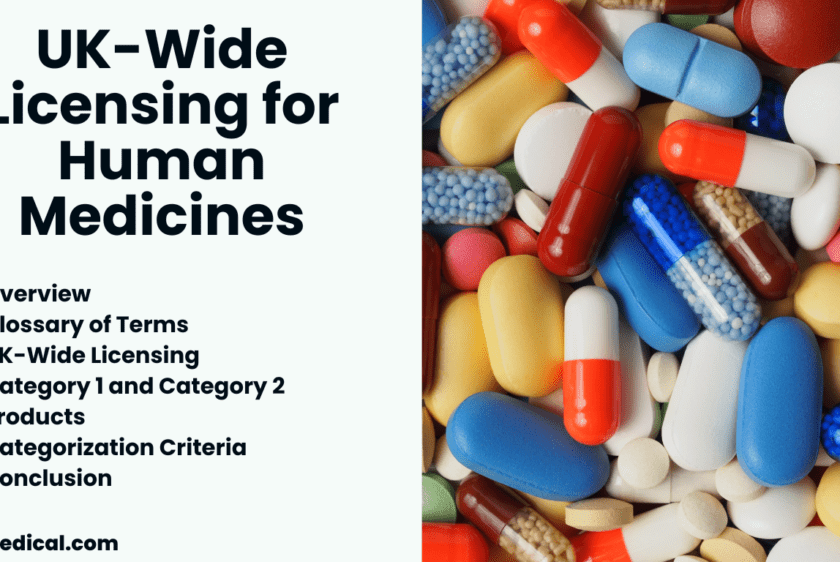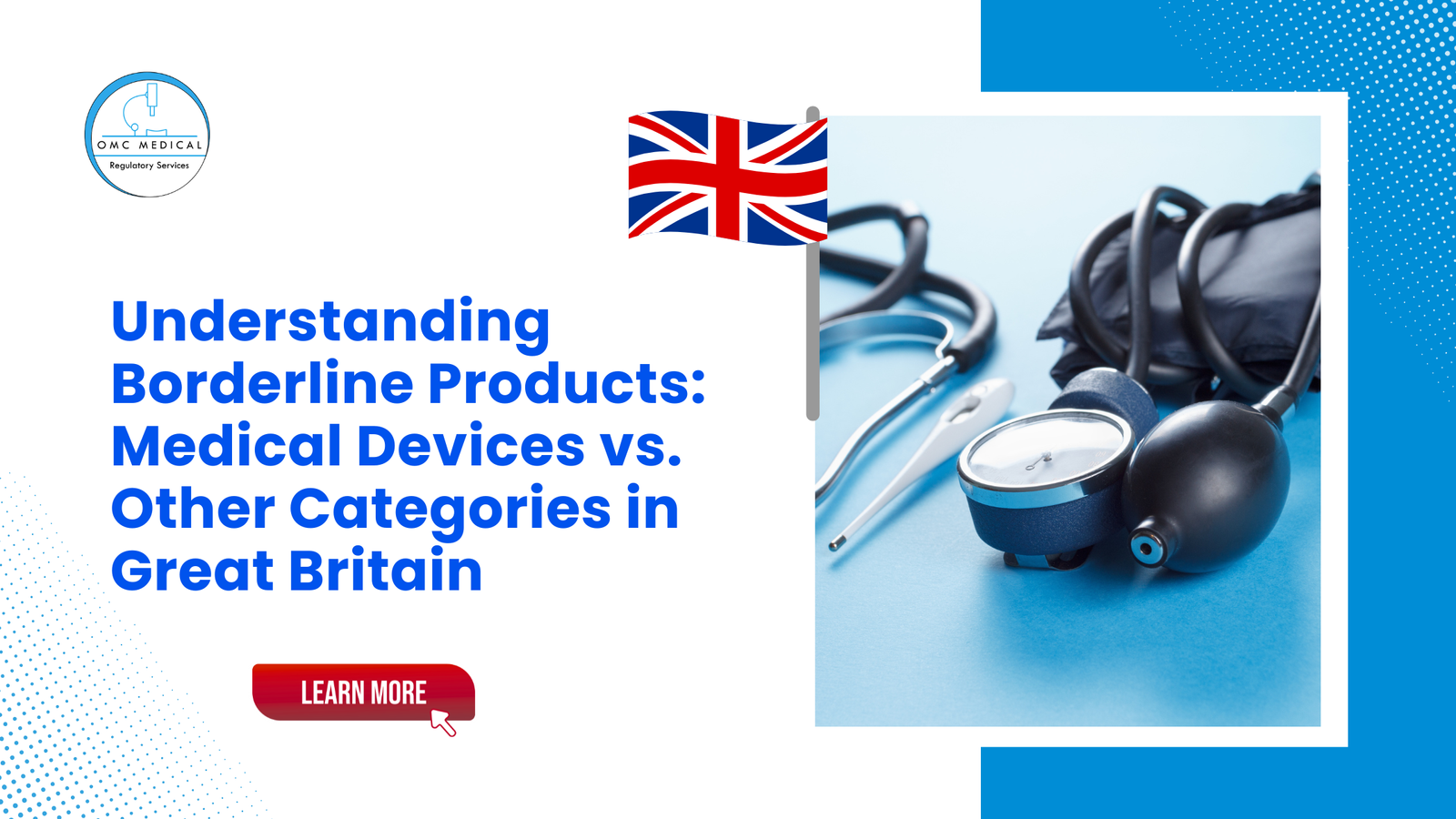1. Overview
This guideline gives information on how the Windsor Framework will be implemented in the UK regarding the licensing of medications for human use.
The Medicines and Healthcare Products Regulatory Agency (MHRA) will license medications throughout the United Kingdom starting on January 1, 2025.
The Human Medicines Regulations 2012 legislation, as amended by the Human Medicines (Amendments relating to the Windsor Framework) Regulations 2024, and other pertinent MHRA guidance, such as the labeling and packaging guidance released in July 2023, should be consulted in addition to this guidance.
2. Glossary of Terms
This guidance employs the following definitions of essential terminology for consistency and clarity:
A product licensed by the MHRA for use throughout the entire United Kingdom is referred to as a UK-wide MA. Marketing authorizations (MAs) bearing the PL or PLGB prefix may fall under this category.
NI MA (PLNI): a product having an MA number prefix of PLNI that is licensed by the MHRA and solely covers Northern Ireland (NI) as the geographical application.
With PLGB as the MA number prefix, GB MA (PLGB) is a product licensed by the MHRA that solely covers Great Britain (GB) as the territorial application.
Union Authorization: A marketing authorization granted by the European Commission for a product authorized under the centralized procedure of the European Medicines Agency (EMA).
3. UK-Wide Licensing
In 2025, the MHRA will regulate pharmaceuticals nationally through marketing authorizations (MAs) issued for the UK. After this date, all authorizations will have an MA number with a PL prefix. Prior to that date, authorized medications will continue to use their present MA number, which includes the prefix even if it is PLGB. Section 4 below provides more details about this.
Northern Ireland will no longer be able to use Union Authorizations granted by the European Commission as of January 1, 2025. Instead, these centrally approved products (CAPs) will be issued UK-wide authorisations by the MHRA.
After December 31, 2024, Marketing Authorization Holders (MAHs) will no longer be eligible to apply for a GB MA, which is a PLGB that exclusively covers Great Britain. After January 1, 2025, the MHRA will still have the authority to issue GB MAs, but this will not be done through an application.
They will only be distributed under extraordinary conditions to protect patients’ health interests in the United Kingdom.
Pending applications to the MHRA as of January 1, 2025, will be governed by the guidelines listed below for currently authorized products. Pending applications will be issued as UK-wide MAs, with the exception of those applied for using decentralised and mutual recognition procedures (MRP/DCP) for NI only. The MA number and prefix assigned at the time of application will remain the same.
4. Category 1 and Category 2 Products
Medicines that were formerly covered by the EU’s Centralized Procedure will no longer have a limited territorial scope under GB MAs and will instead be authorized under UK-wide MAs beginning of January 1, 2025. These goods will be categorized as “Category 1” in accordance with UK legal criteria.
The generic, hybrid, and biosimilar versions of the Category 1 reference products are included in Category 1.
Medications falling outside of this purview (which are now authorized as MAs for the entire UK) will be referred to as “Category 2.”
The MHRA will classify each application and currently approved product into one or more categories. Table 1 provides a summary of the categorization criteria, which are further elaborated in the following paragraphs.
Table 1: Categorisation Criteria
UKMA (UK) Category 1
Authorised Products
Products that were authorised in the EU through the centralised procedure and subsequently grandfathered at the time of EU Exit.
Or
Are within the mandatory scope of the centralised procedure but authorised by MHRA since 1 January 2021.
Or
Are authorized by MHRA as of January 1, 2021, but fall under the optional purview of the centralized procedure, unless they have received authorization from one or more member states via national EU procedures (e.g., mutual recognition or decentralised procedures).
New applications
For products that fall within the mandatory or optional scope of the centralised procedure. This includes products authorized as conditional marketing authorisations.
Generic, hybrid or biosimilar products of category 1 reference products: For already authorised products, this will apply regardless of whether the centralised procedure was used for the generic, hybrid or biosimilar application.
The MHRA will authorize these items nationwide in compliance with UK legislation.
UKMA (UK) Category 2
Authorised products
Products that are exempt from the necessary provisions of the centralized procedure are referred to as authorized products.
or
Regarding the optional scope, national processes were used to authorize the products.
or
Before the centralised process was implemented, products were authorized.
New Applications
Regarding goods that do not fit into Category 1 (i.e., goods that are outside the required or discretionary purview of the centralized process). Products with conditional marketing authorizations will not fall under this category.
Products of Category 2 reference products that are generic, hybrid, or biosimilar
The MHRA will authorize these items nationwide in compliance with applicable EU law and UK law.
4.1 Category 1 overview
Products that were previously subject to the required or optional EU centralized procedure are classified as Category 1. They’ll get licenses that are valid across the UK and under UK law.
4.1.1 Fresh Software
Products that are listed as Category 1 in the Annex to Regulation (EC) No 726/2004 and under Article 3(1) required scope and Article 3(2) optional scope of Regulation (EC) No 726/2004 on Union Procedures are all characterized as such.
This covers all novel active ingredients, pharmaceuticals for orphan use, other cutting-edge goods, and medications for advanced therapy. Products approved by way of a conditional marketing authorization (CMA) will be included.
Products that fit any of these two requirements are within the optional scope:
1. Containing novel active ingredients for uses outside of the required scope;
2. Representing a substantial advancement in science, medicine, or technology; or whose approval would benefit public health.
Generic, hybrid, and biosimilar versions of Category 1 reference products fall under Category 1, and they can be requested under the guidelines outlined in the following legal bases:
Generic: Human Medicines Regulations 2012, Regulation 51B (as amended)
Hybrid: Human Medicines Regulations 2012, Regulation 52B (as amended)
Biosimilar: Human Medicines Regulations 2012, Regulation 53B (as amended)
Every newly granted license will have the marketing authorization number prefixed with PL on it.
4.1.2. Existing Authorised Products
All new active ingredients, orphan medications, other novel products, Advanced Therapy Medicinal Products, and other categories that are specified in Articles 3(1) and 3(2) and in the Annex to Regulation (EC) No 726/2004 on Union Procedures as satisfying any of the following criteria will be included in the category of existing products.
1. Approved for use by the EU via the EMA’s centralized process, and then grandfathered into GB MAs authorizations starting on January 1, 2021.
2. Inside the centralised procedure’s necessary scope, but with MHRA authorization as of January 1, 2021.
3. Which, although authorized in the EU through national procedures, including MR/DC procedures, are within the optional scope of the centralised procedure but have been authorized by the MHRA since January 1, 2021.
Products approved by way of a conditional marketing authorization will be included.
After January 1, 2025, the MA number for these current goods with the prefix PLGB will still be in use.
Whether the centralised method was followed for the generic, hybrid, or biosimilar application, Category 1 comprises generic, hybrid, or biosimilar goods of Category 1 reference products that were authorised by the MHRA or centrally by the EU.
Applications filed under the following legal basis are covered by this
Generic: Article 10.1 Directive 2001/83/EC or Regulation 51B Human Medicines Regulations 2012 (as modified).
Hybrid: Article 10.3 Directive 2001/83/EC or Regulation 52B Human Medicines Regulations 2012 (as amended)
Biosimilar: Article 10.4 of Directive 2001/83/EC or Regulation 53B of the Human Medicines Regulations 2012 (as modified) are examples of biosimilars.
If the authorization valid in NI was applied for using the centralized method, these products may have an MA number with the prefix PLGB or PL.







